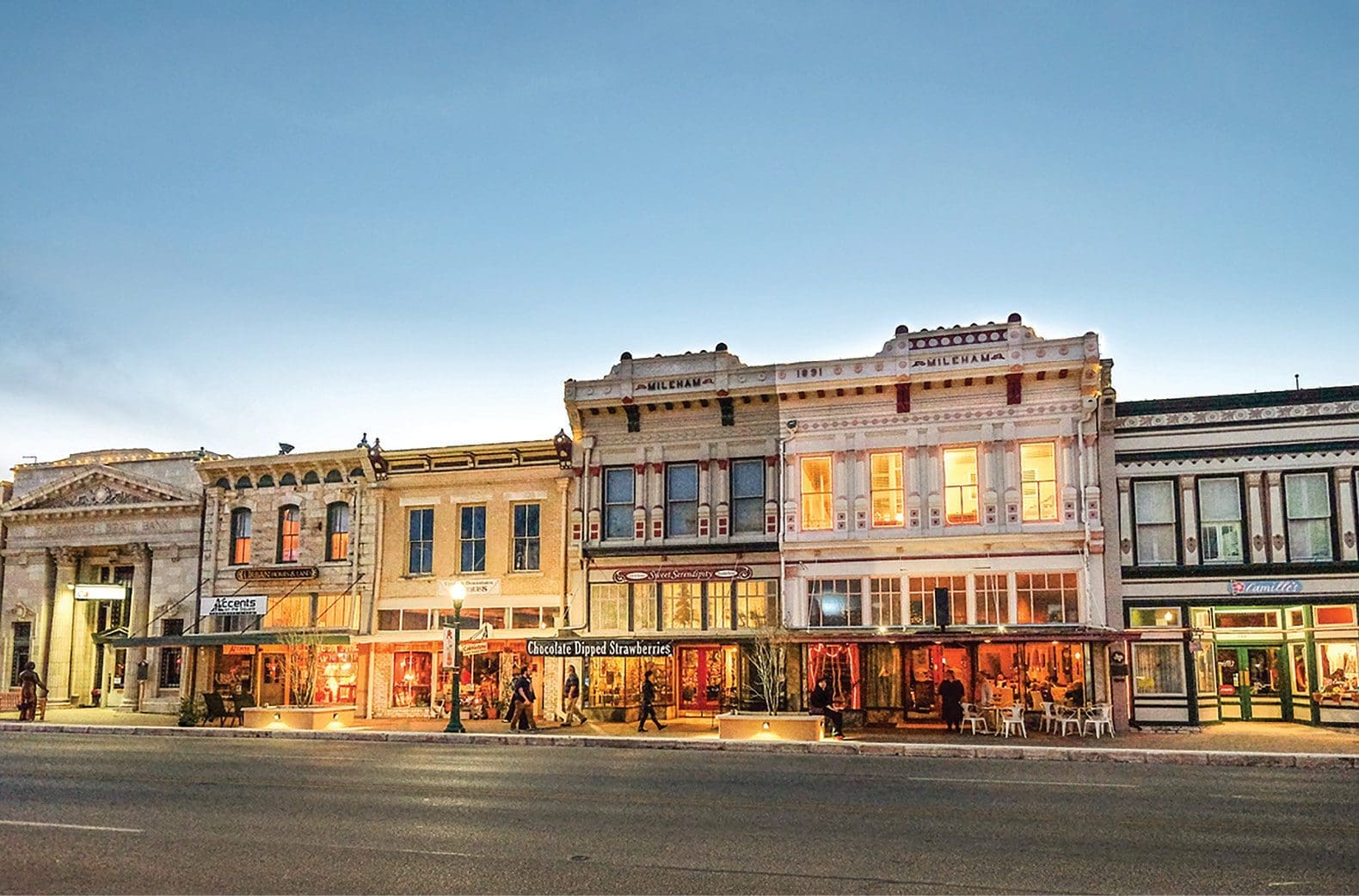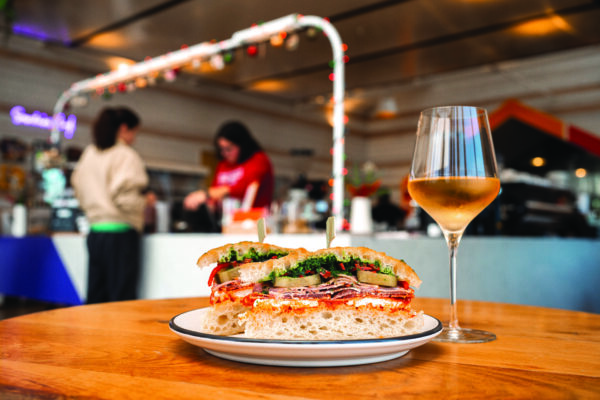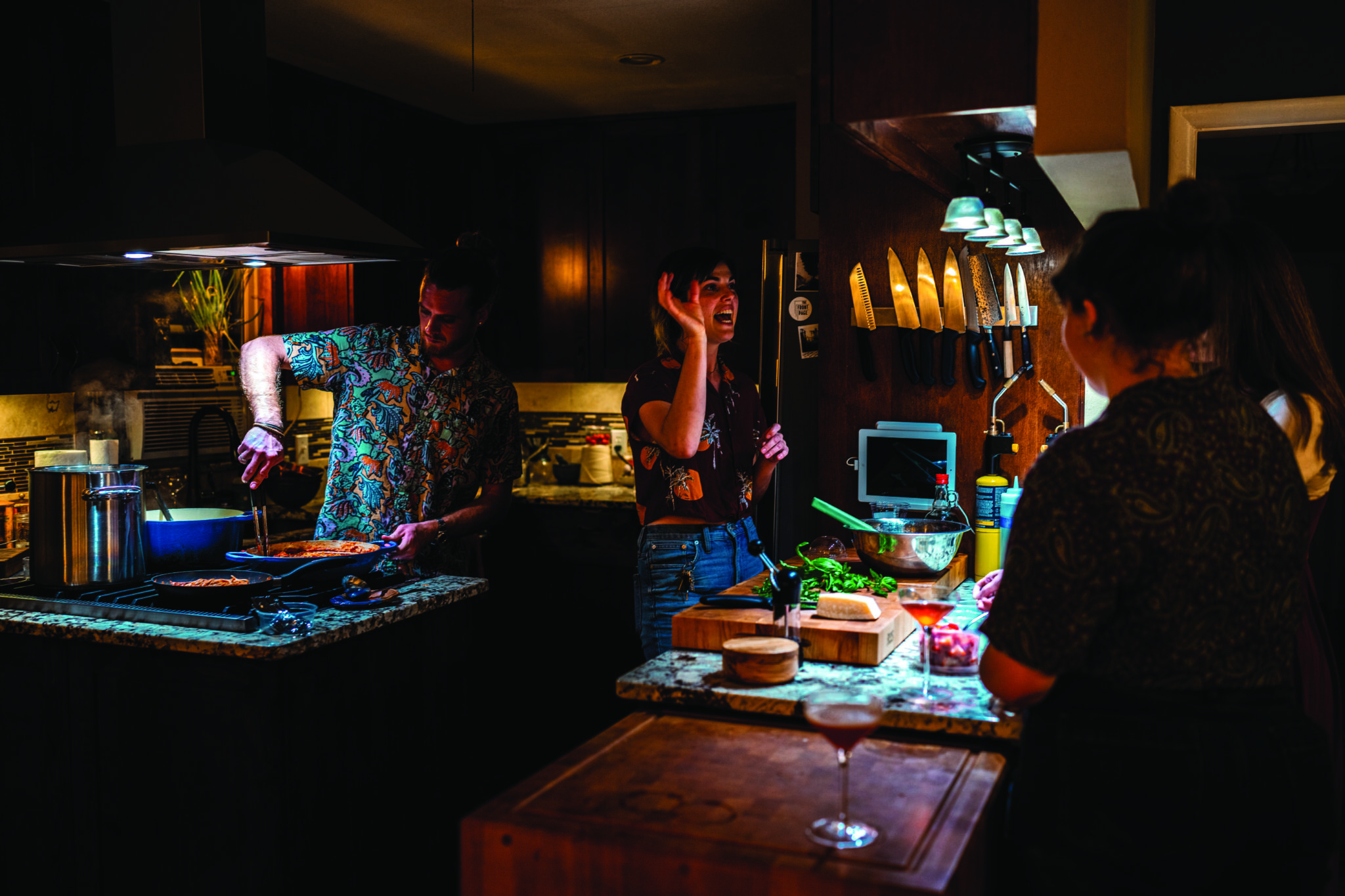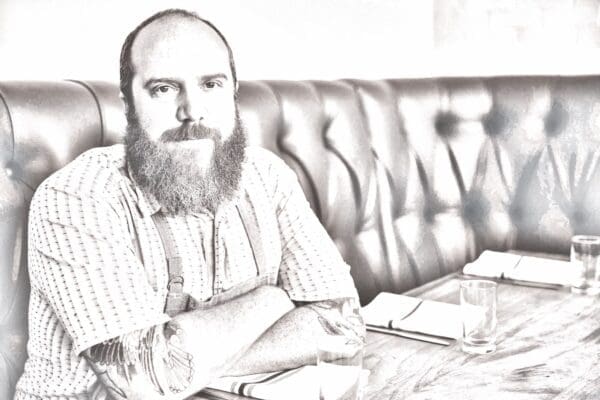Connecting East and West
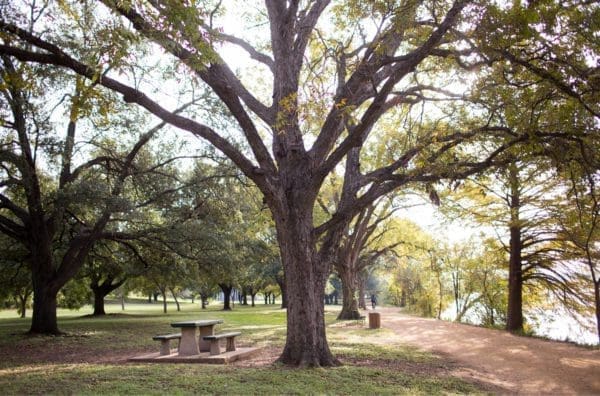
Trail projects unlock city potential
Words by Savannah Whitmer Photos courtesy The Trail Foundation
In its 15th year, The Trail Foundation is unveiling ambitious projects for 2018 to protect and expand the trails around Lady Bird Lake.
There’s no better way to spend a sunny afternoon than to walk along the forested trails around Lady Bird Lake, or to paddleboard on a sparkling stretch of the Colorado River. If you’ve spent any amount of time jogging past sunning turtles, stroller-bound babies, or playful puppies, you know that the trail at the Lake is one of the most accessible, defining parts of the city.
Those are the experiences The Trail Foundation hopes to enhance in its upcoming projects around Lady Bird Lake. In 2018, the Foundation will undertake a major ecological enhancement project of the Ann and Roy Butler Trail, which loops around the Lake and connects the east and west sides of the city. The Foundation aims to restore biodiversity and extend this scenic 10 mile hiking corridor, which was completed in the 1970s and named after the mayor and his wife.

As part of the project, The Foundation will update a decades-old bridge just east of Congress Avenue, where sightseers would have the perfect vantage point to watch the sun set into the river and see the bats emerge just after dark. But the most exciting project for the Foundation centers on the Seaholm Power Plant, which operated on the waterfront until 1989. This building, now iconic to Austinites that paddle by it on the Lake or pass it on the trail near Cesar Chavez, will be repurposed into a multi-use civic space through a partnership with the Foundation and the design team Studio Gang.
The Studio Gang Design Principal for the Seaholm Project Gia Biagi imagines celebrating this historic building with a reopening as a casual, free flowing urban center where people can drink coffee, meet up, and get in touch with their city and environment. “We started with the idea of what’s already there, and seeing how we can amplify it, how we can do something that really speaks to the place,” says Biagi. “We’re finding these opportunities to unlock the potential of this place, but also recognizing that it fits in a much larger ecosystem.”
Studio Gang and their partners held workshops, online surveys, and even pop-ups with mayor Steve Adler to determine what the public can imagine for this space that is so central to both the urban and ecological environments. “This is a building that really needs to live up to the aspirations of Austinites, that needs to be a wonderful civic space that’s open, inviting, inclusive and welcoming,” explains Biagi. In 2018, Studio Gang hopes to construct a flexible civic space for docking up paddleboards, viewing art exhibitions, and even enjoying an occasional concert or larger event.
 Like the Butler Trail restoration and the bridge expansion projects, the repurposing of the Seaholm Plant building is about harnessing the authentic Austin imagination and coming up with a space that reflects a diverse and creative community. In the coming year, The Foundation hopes its projects will succeed in connecting Austinites to defining elements of their city and environment, east and west.
Like the Butler Trail restoration and the bridge expansion projects, the repurposing of the Seaholm Plant building is about harnessing the authentic Austin imagination and coming up with a space that reflects a diverse and creative community. In the coming year, The Foundation hopes its projects will succeed in connecting Austinites to defining elements of their city and environment, east and west.

